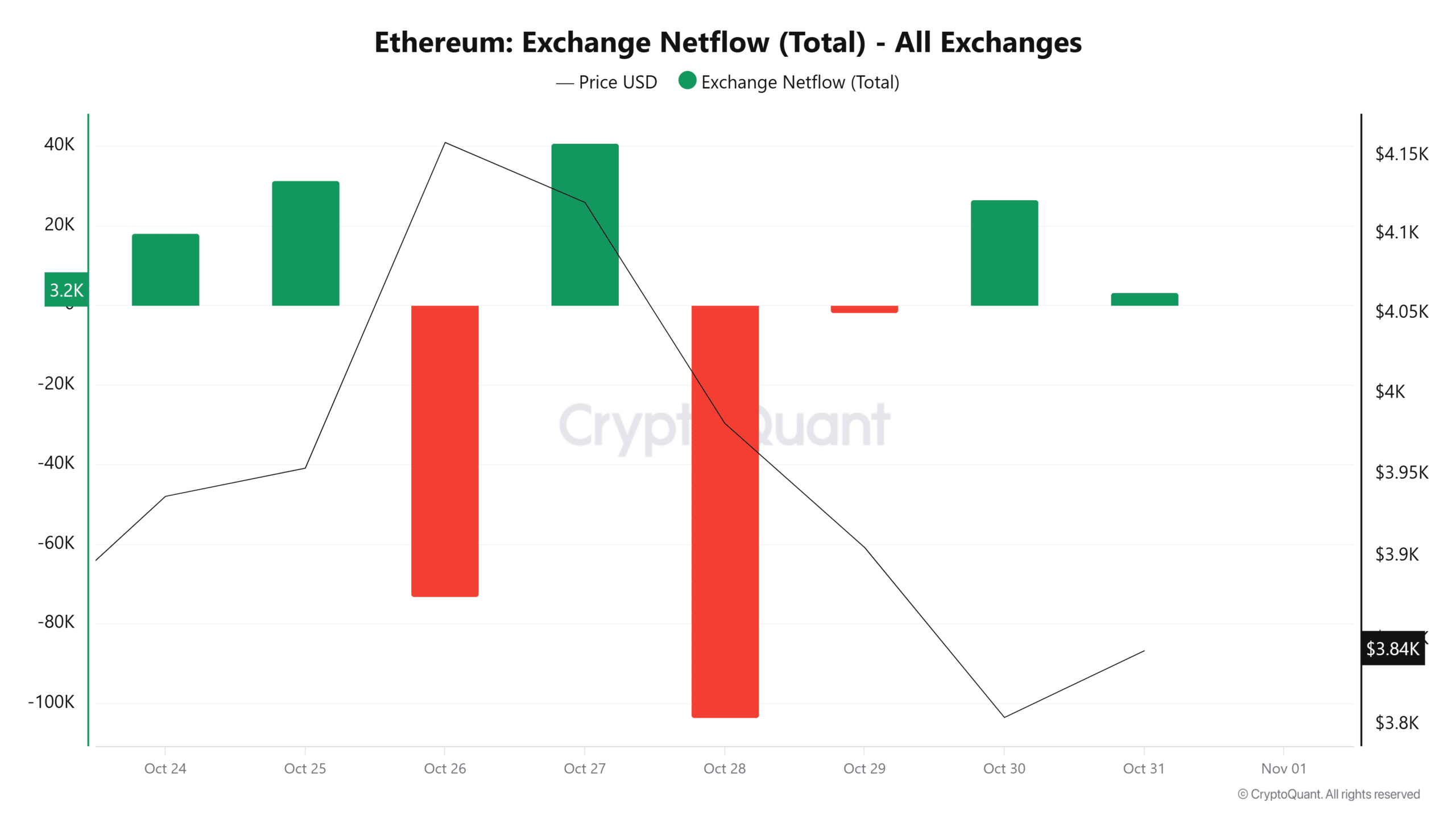The Ethereum Fusaka upgrade, scheduled for mainnet launch in December 2025, enhances scalability through PeerDAS and a fivefold increase in block gas limit to 150 million units, improving data availability and transaction throughput for better network efficiency.
-
Fusaka introduces Peer Data Availability Sampling (PeerDAS) to enable efficient data verification by validators.
-
The upgrade raises the block gas limit from 30 million to 150 million, doubling blob data throughput.
-
Following successful testnet deployments, Fusaka marks Ethereum’s largest update since Pectra, supporting layer-2 advancements with 12 new EIPs.
Discover the Ethereum Fusaka upgrade: key features, launch details, and market impact. Boost your crypto knowledge—stay ahead with insights on scalability improvements today!
What is the Ethereum Fusaka Upgrade?
The Ethereum Fusaka upgrade represents a major advancement in the blockchain’s evolution, focusing on enhanced scalability and performance. Scheduled for mainnet activation in December 2025, it incorporates multiple Ethereum Improvement Proposals (EIPs) to optimize data handling and transaction processing. This upgrade builds on prior enhancements like the Merge and Pectra, transitioning Ethereum toward more sustainable and efficient operations under proof-of-stake.
What Key Features Does the Fusaka Upgrade Introduce?
The Fusaka upgrade centers on Peer Data Availability Sampling (PeerDAS), a mechanism that allows validators to sample and verify data across the network without downloading full datasets, reducing resource demands while maintaining security. Originally planned for the Pectra upgrade, PeerDAS underwent extensive testing before inclusion in Fusaka. Additionally, the block gas limit will expand from 30 million to 150 million units, enabling higher transaction volumes and doubling the capacity for blob data used in layer-2 solutions. These changes, drawn from developer consensus during the All Core Developers Call on October 30, 2025, aim to achieve Ethereum’s goals of low-cost scalability. According to network experts, this could significantly lower fees during peak usage, as evidenced by testnet results showing improved synchronization and stability on Holesky and Sepolia networks earlier in October.
Frequently Asked Questions
What is the Timeline for the Ethereum Fusaka Mainnet Launch?
The Ethereum Fusaka upgrade’s mainnet launch is set for December 2025, following successful deployments on the Hoodi, Holesky, and Sepolia testnets. Developers finalized this during the October 30 All Core Developers Consensus call, after monitoring validator performance and network stability to ensure a smooth rollout incorporating 12 EIPs.
How Will Fusaka Impact Ethereum’s Scalability?
Fusaka enhances Ethereum’s scalability by implementing PeerDAS for efficient data sampling and increasing the block gas limit to 150 million, which boosts transaction throughput and supports layer-2 integrations. This upgrade, Ethereum’s most substantial since Pectra in May 2025, promotes higher efficiency and lower costs, making the network more accessible for developers and users alike.
Key Takeaways
- Fusaka’s PeerDAS Feature: Enables validators to verify data availability efficiently, reducing computational overhead and enhancing overall network security.
- Block Gas Limit Expansion: From 30 million to 150 million units, this doubles blob data capacity, directly supporting increased layer-2 activity and transaction speeds.
- Market Context: Despite the upgrade’s potential, ETH trades at around $3,842 with bearish indicators, suggesting short-term caution for investors.
Ethereum’s Market Response to the Fusaka Announcement
Ethereum has evolved through several pivotal upgrades since 2020, including the Merge, Shapella, and EIP-1559, all contributing to its shift to proof-of-stake and improved sustainability. The upcoming Fusaka upgrade continues this trajectory, with developers confirming its mainnet launch for December 2025. This decision came after the upgrade’s successful testing on the Hoodi testnet on October 28, 2025, and prior runs on Holesky and Sepolia in early October. Each testnet phase rigorously evaluated validator stability, node synchronization, and performance metrics to prepare for full deployment.
Fusaka will deploy 12 EIPs designed to elevate the network’s efficiency, speed, and security, positioning it as Ethereum’s most impactful update since the Pectra upgrade in May 2025. This development paves the way for deeper layer-2 ecosystem integration, addressing longstanding challenges in scalability.
Anticipated Developments from Fusaka
At its core, Fusaka prioritizes innovations that distinguish it from earlier upgrades. PeerDAS stands out by facilitating peer-to-peer data sampling, allowing validators to confirm availability without full data downloads—a feature delayed from Pectra for thorough refinement. Complementing this, the block gas limit increase to 150 million units will expand transaction handling capabilities, effectively doubling blob data throughput essential for rollups and other scaling solutions. Ethereum’s core team views these enhancements as critical steps toward achieving affordable scalability and robust throughput, aligning with the protocol’s foundational objectives.
Current State of the ETH Market
Interestingly, the announcement of the Fusaka upgrade has not yet translated into bullish momentum for Ethereum’s native token, ETH. The market structure appears fragile, with bearish forces in control. ETH recently fell below the $3,800 support level, reaching a low of $3,600 before recovering to $3,873. As of the latest data, it trades at $3,842, reflecting a 1.72% decline over the past 24 hours.
This downward trend stems largely from heightened selling pressure. Data from CryptoQuant indicates that Ethereum’s exchange netflow has been positive over the last two days, signaling net inflows of tokens to exchanges, which often precede price drops.

Source: CryptoQuant
Such selling activity typically exerts downward pressure on prices, fostering conditions for further declines. As a result, ETH has slipped beneath its short-term exponential moving averages (EMAs). Its Sequential Pattern Strength has also weakened to -9.33, indicating a developing pattern of lower highs that points to waning bullish momentum.

Source: TradingView
These indicators suggest the uptrend is exhausted, potentially leading to a near-term pullback. Should current dynamics continue, ETH could test the $3,800 level again and seek support near the 200 EMA at approximately $3,601. On the flip side, a rebound might present buying opportunities, with bulls eyeing resistance at the 50 EMA ($3,988) and 100 EMA ($4,089).
Conclusion
The Ethereum Fusaka upgrade promises transformative improvements in scalability through PeerDAS and an expanded block gas limit, building on the network’s history of upgrades like Pectra to foster a more efficient ecosystem. While market conditions for ETH remain cautious amid selling pressures, the long-term implications for Ethereum’s Fusaka upgrade could drive renewed adoption in layer-2 technologies. Investors should monitor upcoming testnet validations and developer updates closely as December 2025 approaches, positioning themselves for potential growth in this evolving blockchain landscape.
